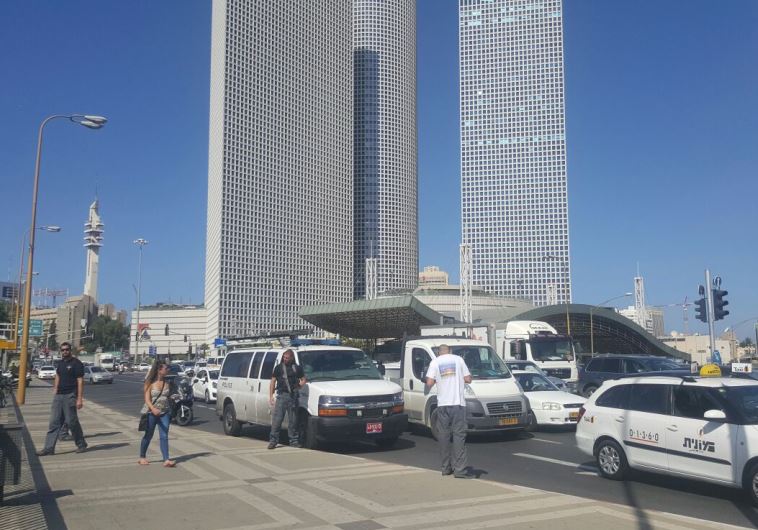Analysis: A shooting in Bat Yam amid the wave of terror
A killing of a young man by police will likely be of limited interest to those outside of his immediate circle.
 Police seal off road leading to the Azrieli Center in Tel Aviv(photo credit: YOEL MILLER)Updated:
Police seal off road leading to the Azrieli Center in Tel Aviv(photo credit: YOEL MILLER)Updated: